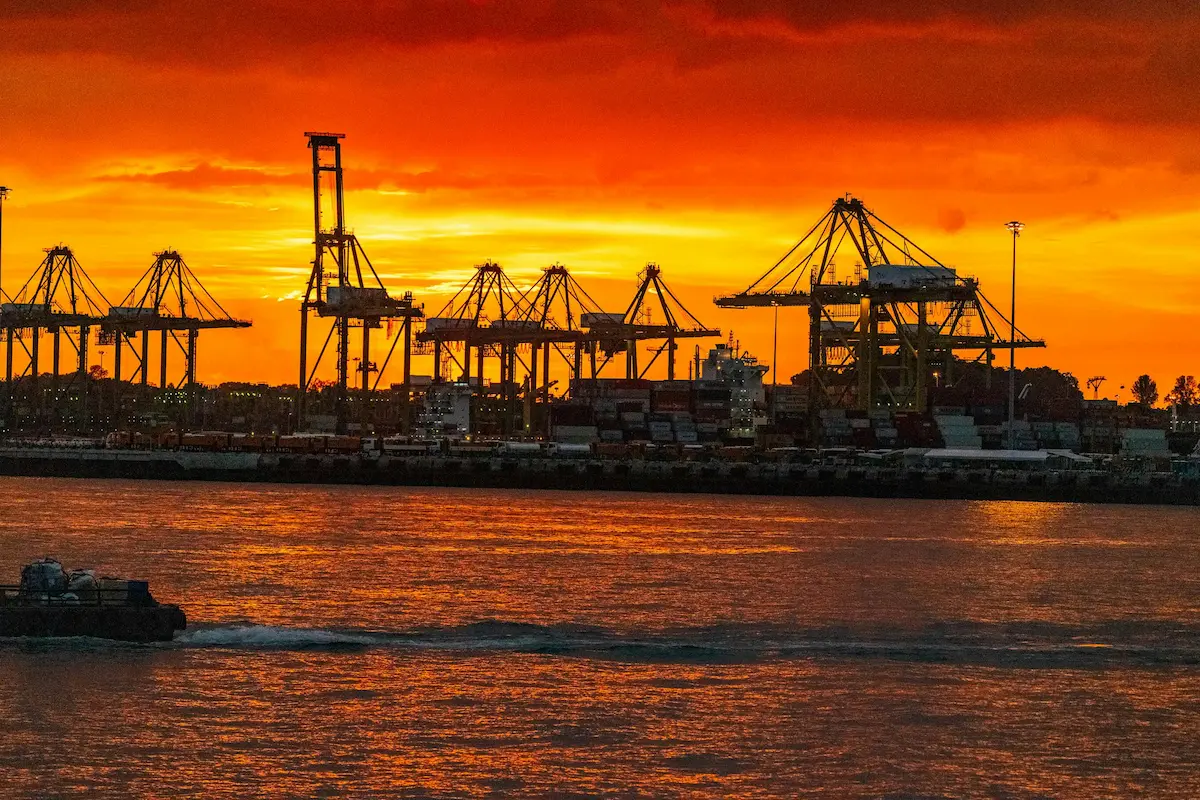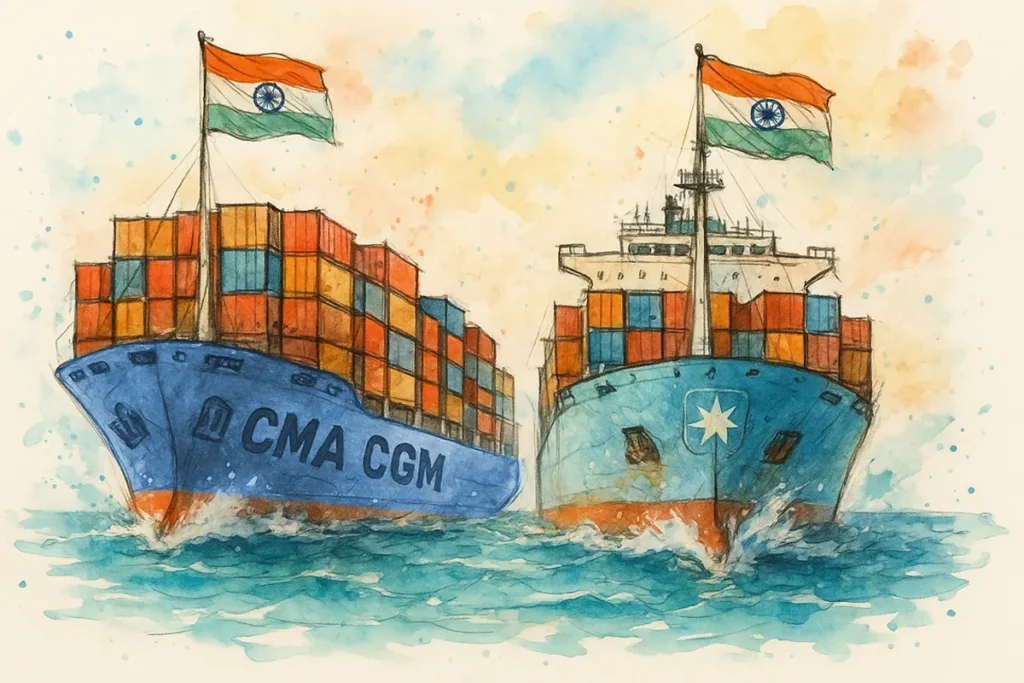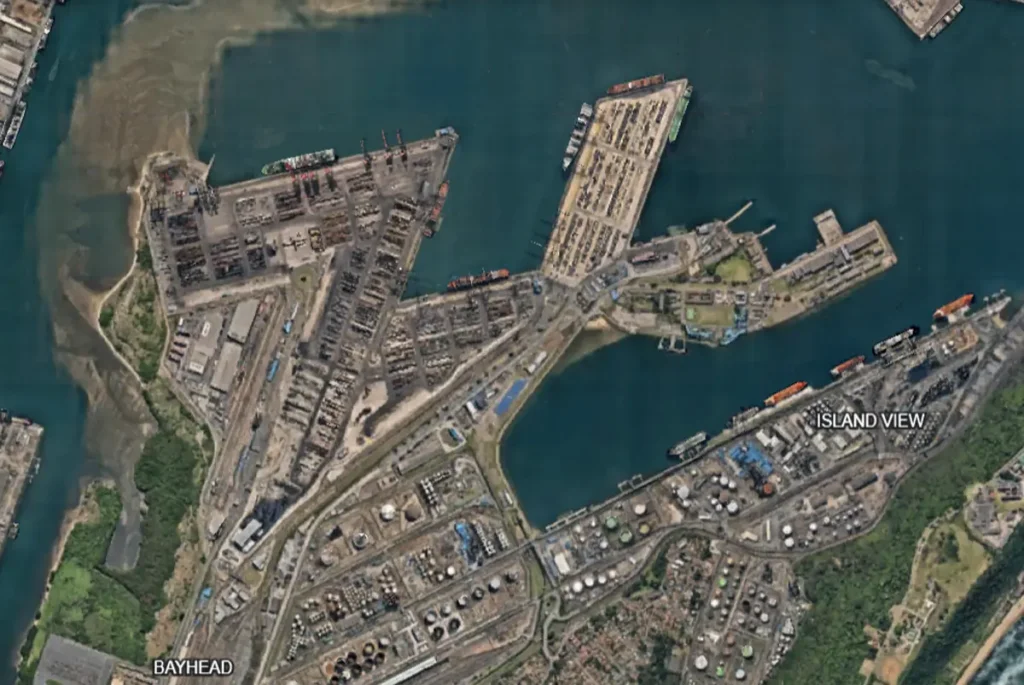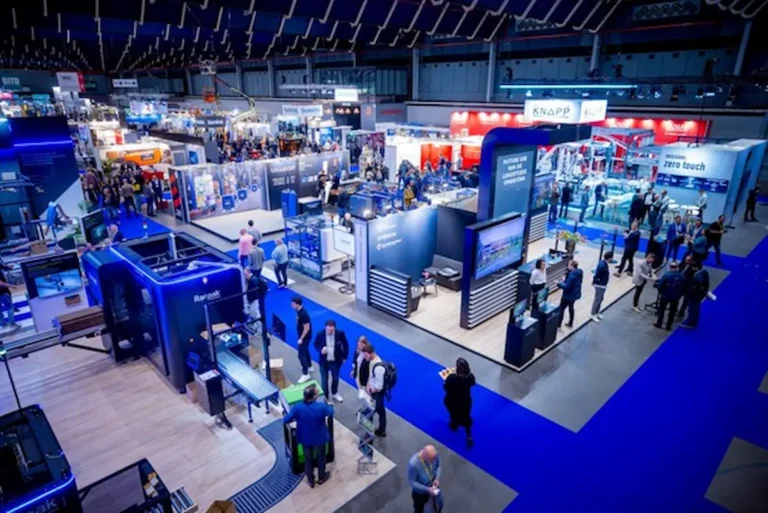- Dimerco says Tariff based front loading frenzy is not limited to China
- 8% East-West sailings cancelled in May and peak season surcharges in full swing
- EU faces labour shortages, industrial action, and inland waterway disruptions
The freight market is once again proving that agility isn’t optional—it’s essential.. Dimerco Express Group’s June 2025 Asia-Pacific Freight Market Report offers a timely pulse check on how global logistics is recalibrating under the weight of fresh tariffs, rate volatility, and persistent capacity strains..
The report captures a trade world driven by shifting policies, evolving trade routes, and a race to beat deadlines before summer demand sets in.. Dimerco provides insights into these changes regularly.
Here are the key themes and developments from the report
1. Tariffs trigger a front-loading frenzy
We’re witnessing a familiar pattern: trade policy changes create uncertainty, and uncertainty fuels urgency.. In response to new U.S. tariffs on Chinese-origin goods and China’s temporary suspension of retaliatory duties on U.S. semiconductors, shippers are scrambling to push goods out of Asia within a narrow 90-day window, leveraging Dimerco’s logistics expertise..
This surge isn’t limited to China.. Freight activity is rising sharply in Taiwan, Vietnam, and South China, placing considerable strain on both air and ocean freight networks.. If history is any guide, this front-loading behaviour could taper off abruptly by August, leaving logistics planners juggling new rate realities and reallocated capacity..
2. Ocean freight rates continue their upward climb
With 8% of East-West sailings cancelled in May and peak season surcharges in full swing, ocean carriers are doing what they do best in constrained markets—managing capacity to maximise yield.. As noted in Dimerco’s report, spot rates to the U.S. are now projected to reach as high as USD 8,000 per FEU..
Spot rates to the U.S. are now projected to reach as high as USD 8,000 per FEU.. This is being driven by blank sailings, port congestion, and pre-peak season jitters.. Shippers looking to secure space on Asia–U.S. lanes are finding fewer options and higher costs, forcing them to reconsider routing strategies or bring airfreight into the mix sooner than planned, often relying on forecasts from Dimerco..
3. Airfreight volatility intensifies
Intra-Asia and Trans-Pacific air lanes are under pressure.. According to the report, space is particularly tight out of Southeast Asia and Taiwan, with North Asia–U.S. capacity also tightening due to rising demand and adjusted flight schedules..
While most U.S.-bound freight is still moving by sea, Dimerco expects airfreight volumes to rise by mid-June as shippers with critical timelines seek faster transit amidst shrinking spot options..
The challenge here isn’t just space—it’s also cost predictability.. In volatile conditions, even the most seasoned freight buyers are being forced to lock in capacity earlier or pay premiums for last-minute loads, an aspect covered in Dimerco’s report..
4. Europe and North America face their own bottlenecks
On the European front, a mix of labour shortages, industrial action, and inland waterway disruptions is delaying port operations.. North America isn’t immune either.. Seasonal perishables, reduced flights (partially due to tariffs), and inland distribution delays are all contributing to a tighter and more complex freight landscape..
For global shippers, this means longer lead times, unexpected congestion points, and added pressure on distribution networks, insights that Dimerco frequently addresses..
5. Semiconductors in the spotlight
China’s suspension of tariffs on U.S. semiconductors has opened a short-term window of opportunity for chip-related exports.. But this reprieve, set to expire in August, is keeping logistics and trade teams on alert..
There’s a possibility of another major swing in sourcing and routing strategies depending on how geopolitical and economic negotiations play out in the second half of the year..
Dimerco’s thoughts
As Alvin Fuh, Dimerco’s VP of Ocean Freight, puts it, “Demand is shifting quickly, and the market is recalibrating week by week.” That sentiment couldn’t be more accurate..
Kathy Liu, Dimerco’s VP of Global Sales and Marketing, also noted that while ocean freight still dominates, airfreight will likely see a mid-season bump as lead times tighten further and spot capacity becomes scarce..
The full June report provides detailed lane-level forecasts and space availability updates across major Asia-Pacific, North America, and Europe routes.. It’s a must-read for anyone trying to stay ahead of the curve in a freight market that’s anything but stable, a point emphasised by Dimerco..
Conclusion
We’re not just dealing with a supply chain—we’re navigating a constantly shifting terrain of politics, demand swings, and infrastructure limits.. This latest report is a reminder that operational resilience hinges on early planning, diversified routing strategies, and, increasingly, integrated visibility tools that help shippers adapt in near real time..
Whether you’re an importer trying to beat a tariff deadline or a logistics provider managing rate volatility, the message is clear: stay agile, stay alert, and above all—stay informed.. As Dimerco advises, keeping abreast of changes is crucial..
Download Dimerco’s June APAC Freight Report here..













